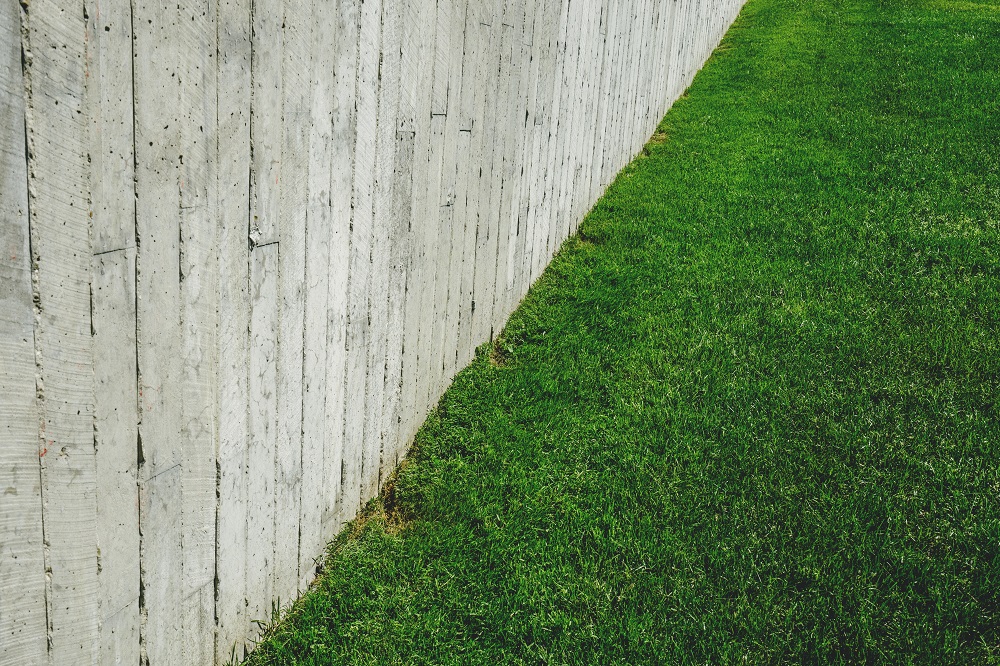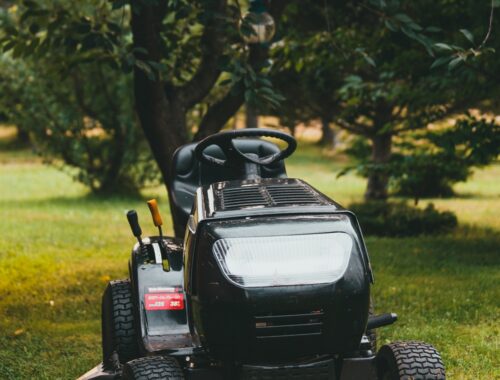A Beginner’s Guide to Lawn Care: Where to Start

A lush, healthy, and well-maintained lawn can enhance the beauty of your home and provide a welcoming outdoor space for relaxation and recreation. However, achieving and maintaining a beautiful lawn requires proper care and attention. If you’re a beginner looking to create and maintain a stunning lawn, this comprehensive guide will walk you through the essential steps to get started on your lawn care journey.
Understanding Your Lawn
The first step in lawn care is to understand your lawn’s unique characteristics. Consider the climate, soil type, sun exposure, and any potential challenges your lawn may face, such as drainage issues or shade from trees. Different grass types thrive under specific conditions, so knowing your lawn’s specific needs will help you make informed decisions throughout the lawn care process.
Choosing the Right Grass Type
Selecting the appropriate grass type for your lawn is crucial for successful lawn care. Common grass types include cool-season grasses like Kentucky bluegrass and fescue, which thrive in cooler climates, and warm-season grasses like Bermuda grass and zoysia, which do well in warmer regions.
Consider factors such as the climate in your area, the amount of sunlight your lawn receives, and the level of maintenance you’re willing to undertake. Consulting with a local lawn care expert or horticulturist can be helpful in making the best choice for your specific lawn.
Soil Testing and Amendments
Healthy soil is the foundation of a beautiful lawn. Conducting a soil test will provide valuable insights into your soil’s pH level, nutrient content, and composition. This information will guide you in determining if any soil amendments are needed.
Common soil amendments include lime to adjust pH levels, organic matter like compost to improve soil structure and nutrient content, and specific fertilizers tailored to your grass type’s needs. Regularly aerating the soil also enhances root growth and overall lawn health.
Seeding or Sodding
Whether you’re starting a lawn from scratch or rejuvenating an existing one, you have two main options: seeding or sodding. Seeding is a cost-effective approach, where grass seeds are spread over prepared soil. This method allows for a wider choice of grass varieties and is suitable for larger lawn areas.
On the other hand, sodding provides instant results as pre-grown turf or sod is rolled out onto prepared soil. Although more expensive, sodding establishes a lawn quickly and effectively, reducing the risk of weed infestations.
Watering Wisely
Proper watering is essential for a healthy lawn. Watering deeply and infrequently promotes strong root growth and drought resistance. Aim for about 1 inch of water per week, delivered in one to two watering sessions. Water in the early morning to minimize evaporation and reduce the risk of fungal diseases.
Consider installing a sprinkler system or using a soaker hose to ensure even and efficient watering. Avoid overwatering, as it can lead to shallow root growth, waterlogging, and weed problems.
Lawn Mowing Basics
Regular mowing is a fundamental aspect of lawn care. Set your mower to the appropriate height for your grass type, as different varieties have different ideal mowing heights. As a general rule, never remove more than one-third of the grass height in a single mowing session.
Keep your mower blades sharp to achieve clean cuts, which reduce stress on the grass and prevent brown, ragged edges. Alternate mowing directions to avoid compacting the soil in one direction and encourage upright growth.
Fertilization and Weed Control
Proper fertilization ensures your lawn receives essential nutrients for growth and health. Choose a fertilizer specifically formulated for your grass type and apply it according to the manufacturer’s instructions. A balanced fertilizer with nitrogen, phosphorus, and potassium is often recommended.
Along with proper fertilization, weed control is crucial to maintaining a beautiful lawn. Weeds compete with grass for nutrients and space, compromising its health and appearance. Use pre-emergent herbicides to prevent weeds from germinating, and spot-treat existing weeds with post-emergent herbicides.
Dealing with Pests and Diseases
Pests and diseases can threaten the health of your lawn. Keep an eye out for signs of insect infestations or fungal diseases, such as brown patches or irregularly shaped dead spots. Early detection is crucial for effective control.
Integrated Pest Management (IPM) is an environmentally friendly approach to managing pests and diseases. IPM emphasizes preventive measures, such as improving lawn health and using resistant grass varieties, before considering chemical treatments as a last resort.
Proper Lawn Aeration
Lawn aeration involves perforating the soil to allow air, water, and nutrients to penetrate the grassroots. Aeration helps relieve soil compaction and encourages strong root development. Use a lawn aerator or hire a professional to aerate your lawn at least once a year, preferably during the growing season.
Seasonal Maintenance
Throughout the year, your lawn will require specific maintenance tasks based on the season. In the spring, focus on fertilization, overseeding if needed, and addressing any pest or weed issues. During the summer, keep up with watering and mowing to support healthy growth. Fall is an ideal time for aeration, fertilization, and leaf cleanup. In winter, focus on lawn protection from cold weather and potential snow or ice damage.
Starting and maintaining a beautiful lawn is a rewarding journey that requires time, effort, and a commitment to learning. By understanding your lawn’s unique characteristics, choosing the right grass type, and implementing essential lawn care practices, you can achieve a healthy, vibrant lawn that enhances the beauty of your home and provides a welcoming outdoor space for years to come. Regular observation, timely action, and a love for gardening will ensure that your lawn remains a source of pride and joy throughout the seasons.
Generated by ChatGPT




